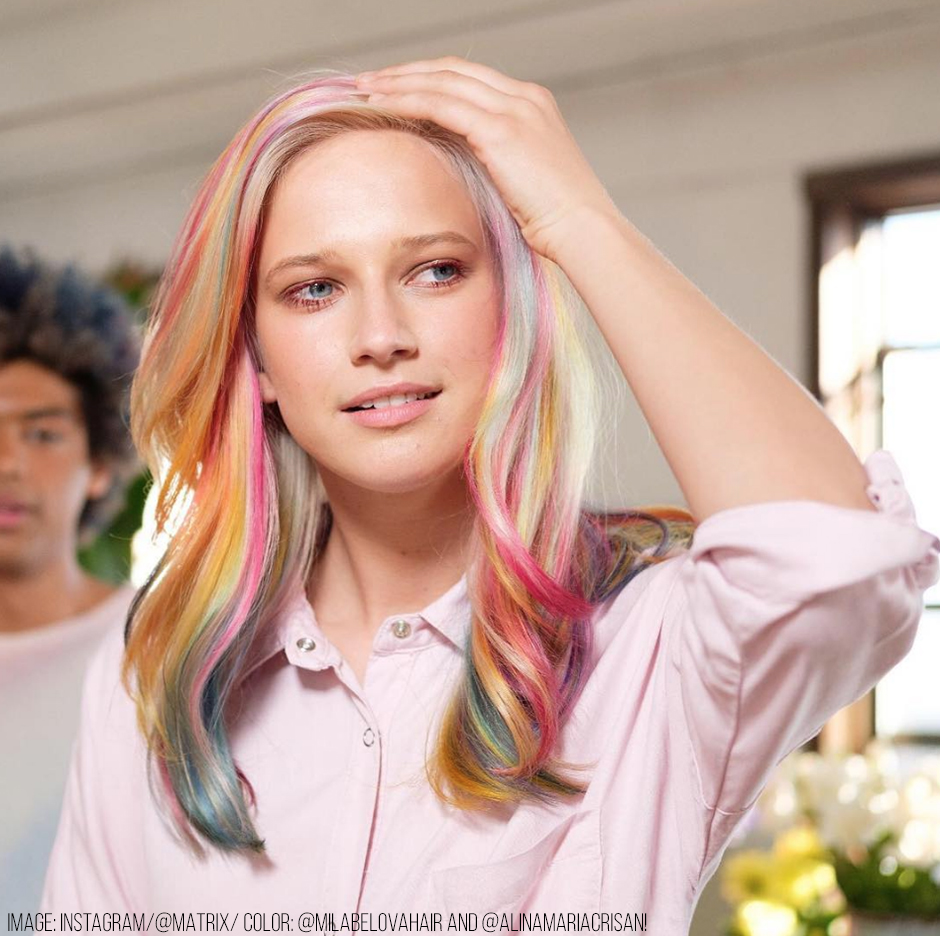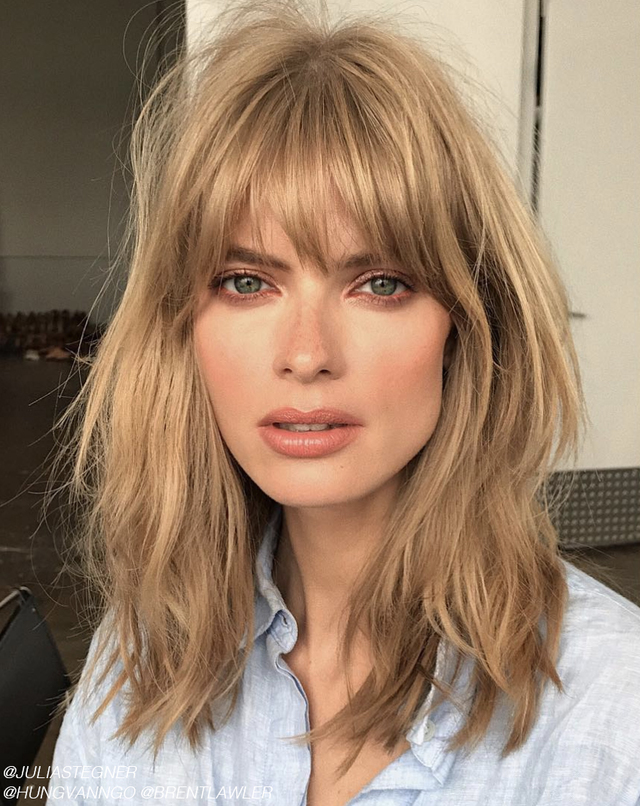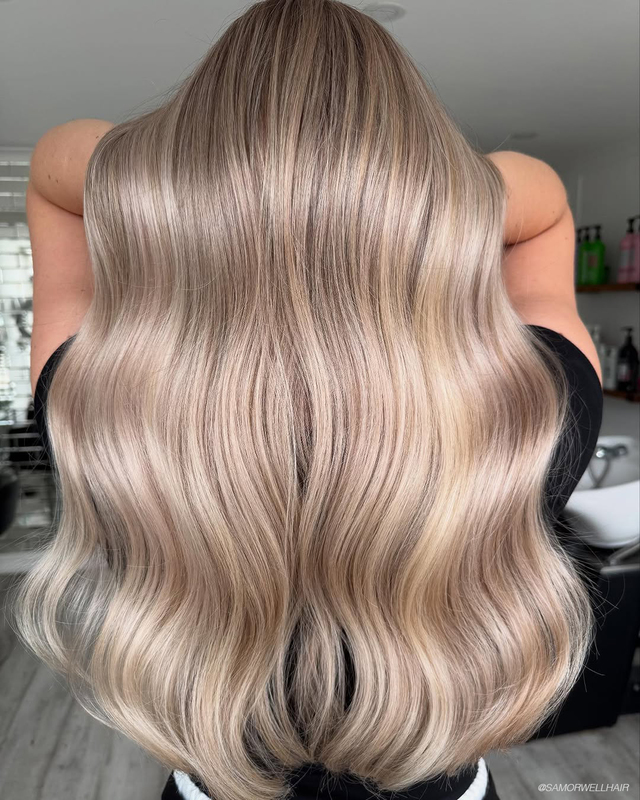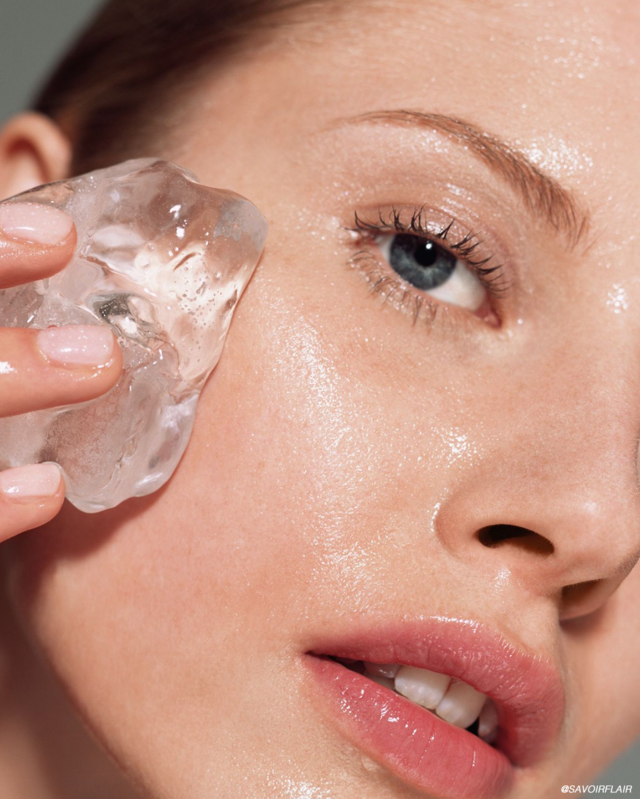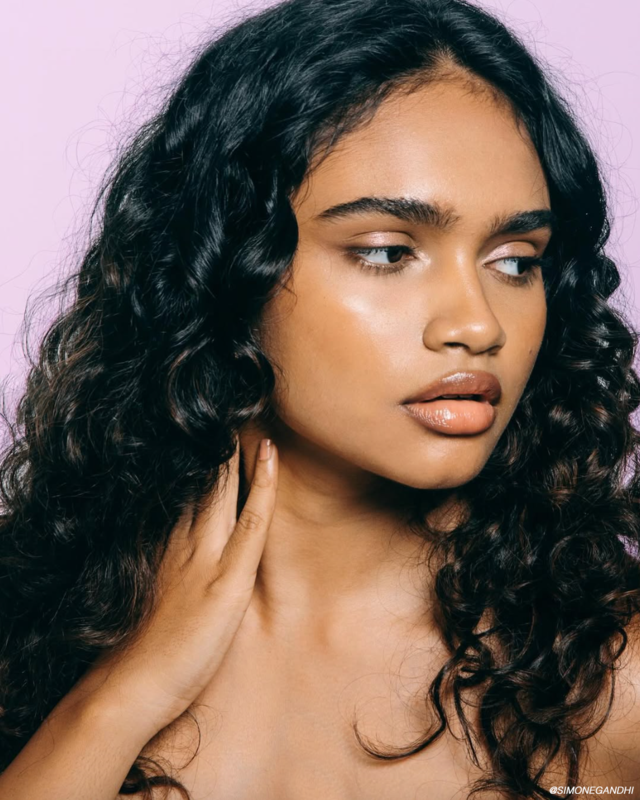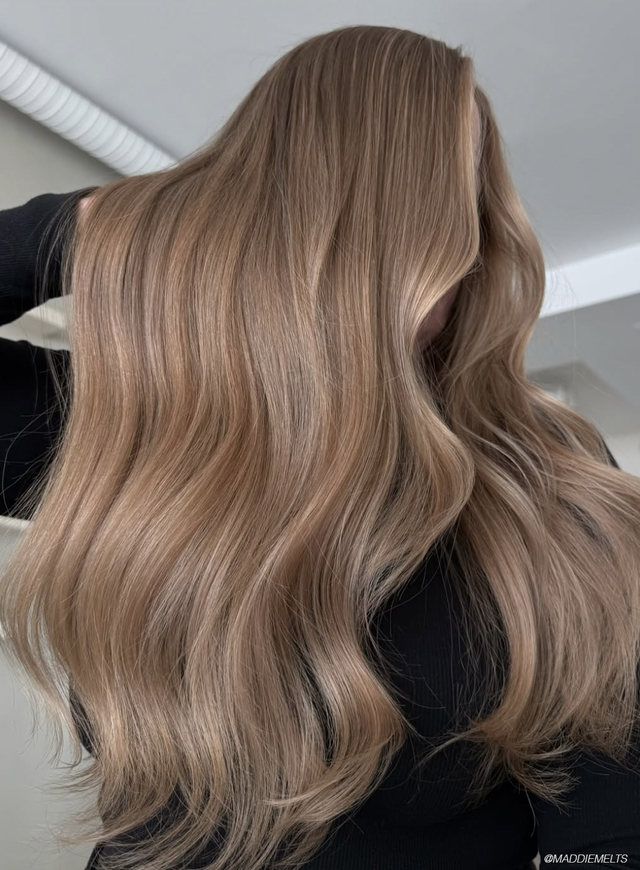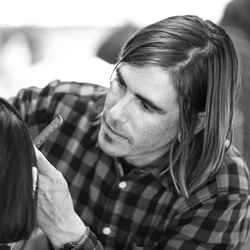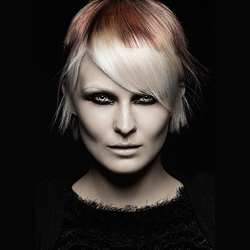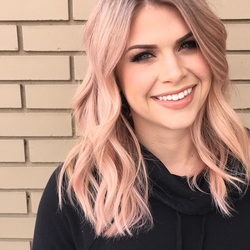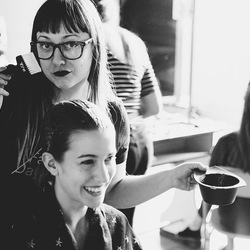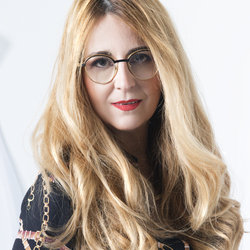Choosing the right hair color can sometimes feel like a near-impossible feat. But did you know that there is more to the selection process than picking out the perfect shade? Hair color is often available in different types of formulas to fit your specific needs. Whether you want permanent hair color to conceal grays, a slight tint of color or subtle lowlights, it’s important to understand the pros and cons of each type of formula before selecting your shade. Read on to get the low-down on hair color and find out which formula is best for you.
Permanent
What It Is: Much like the name suggests, this formula delivers full-coverage color that offers the longest wearability. It can be used to conceal grays, lighten the hair or create a drastic change from your natural color. Unlike other hair color formulas, permanent hair dye uses ammonia and an oxidizer to open the hair cuticle before the color application. But don’t be fooled—even though the color is called “permanent,” regular touch-ups are absolutely necessary. Because the color “clings” to your strands rather than fades out, you’ll need to get a touch-up every 4-6 weeks.
Pros: Long-lasting results, full-coverage color, great for those looking to conceal grays or hide a bad dye job
Cons: Roots will show, regular touch-ups required, can be damaging to the hair, color will need to grow out or get bleached to be removed
Demi-Permanent
What It Is: Though demi-permanent hair dye is ammonia-free, it does contain a small amount of peroxide to open up the hair cuticle to deposit a small amount of color. It can be used to darken hair or blend grays into your natural color, but it will not lighten the hair. Unlike permanent color, which clings to the hair and shows regrowth lines, demi-permanent dye fades in about 24 washes.
Pros: Not as damaging as a permanent color, ammonia-free, can be used to darken hair, no harsh regrowth lines
Cons: Only lasts up to 24 washes, doesn’t provide full-coverage color, cannot be used to lighten the hair
Semi-Permanent
What It Is: Unlike permanent color, which deposits color into the hair cuticle, semi-permanent dye only coats the outside of the hair shaft. It doesn’t affect your natural color, and can be used to darken your color or provide a subtle tint. One thing to keep in mind: It does have a shorter lifespan—semi-permanent color usually washes out in about 5-7 washes. The good news: Though it may not stay long on your head, the color fades out naturally, leaving your strands free from harsh regrowth lines.
Pros: Ideal for those not ready to commit to a color, less damaging to your strands, can be applied after a relaxer or perm, ammonia-free
Cons: Short lifespan, fades out fast, cannot be used to cover a head full of grays
Gloss
What It Is: Much like it does for lips, a gloss provides immense shine to your strands. Available in both clear and tinted demi- or semi-permanent formulas, a hair gloss basically refreshes your color and closes the hair cuticle to prevent frizz and flyaways. Though it will not cover grays or darken or lighten your color, it can enhance your color and cancel out unwanted brassy or cool tones.
Pros: Provides brilliant shine, not damaging, smoothes the hair cuticle, can help you go longer in between color touch-ups, conditions the hair, lasts around 4-6 weeks, usually less expensive than traditional dye jobs
Cons: Cannot be used to lighten or darken your strands, doesn’t cover grays, will not create a huge noticeable difference in color
Highlights
What They Are: Unlike permanent, demi- and semi-permanent formulas, highlights add a subtle hint of color without completely changing your natural shade. This partial coloring service gives strands a “sun-kissed” appearance while adding dimension and depth to your natural color. The best part? You can gradually work your way up to an overall lighter shade over time. One thing to keep in mind? Different types of highlights require different levels of upkeep. Foil highlights, for example, should be touched up every 4-6 weeks, while balayage, a more subtle type of highlight designed to blend into your hair as your color grows out, can average about 8-10 weeks.
Pros: Subtle way to lighten your natural color without major damage, natural-looking results, color can last 4-10 weeks depending on the type of highlighting service
Cons: Can be expensive depending on the number of foils used, requires regular upkeep in order to maintain a seamless look
Lowlights
What They Are: Lowlights are essentially the same thing as highlights, except they are designed to darken your natural color. Typically, lowlights are a couple of shades darker than your base, and they can also be used to tone highlights or color that may wash out your complexion. They are also a great way to add depth, volume and dimension to your strands. Though results last typically as long as traditional highlights, lowlights tend to grow out without showing major signs of regrowth.
Pros: Low-maintenance way to darken your color, less damaging than highlights, natural-looking results, allows your natural color to shine through
Cons: Can only be used to darken your base color, should be mixed with highlights to achieve multi-dimensional results
Want to try on a new style this season? Check out these top hues and stay tuned for celebrity styles from Matrix!
